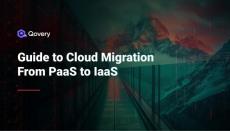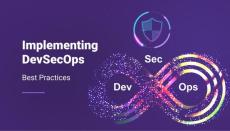- January 2025 (3)
- December 2024 (6)
- November 2024 (8)
- October 2024 (3)
- September 2024 (7)
- August 2024 (14)
- July 2024 (12)
- June 2024 (3)
- May 2024 (13)
- April 2024 (10)
- March 2024 (8)
- February 2024 (7)
- January 2024 (11)
- December 2023 (12)
- November 2023 (13)
- October 2023 (13)
- September 2023 (13)
- August 2023 (9)
- July 2023 (9)
- June 2023 (12)
- May 2023 (11)
- April 2023 (12)
- March 2023 (12)
- February 2023 (9)
- January 2023 (9)
- December 2022 (10)
- November 2022 (11)
- October 2022 (6)
- September 2022 (10)
- August 2022 (10)
- July 2022 (16)
- June 2022 (12)
- May 2022 (12)
- April 2022 (16)
- March 2022 (13)
- February 2022 (12)
- January 2022 (8)
- December 2021 (11)
- November 2021 (6)
- October 2021 (5)
- September 2021 (7)
- August 2021 (3)
- July 2021 (5)
- June 2021 (5)
- May 2021 (3)
- April 2021 (4)
- March 2021 (4)
- February 2021 (2)
- January 2021 (4)
- December 2020 (3)
- November 2020 (2)
- October 2020 (2)
- September 2020 (2)
- July 2020 (3)
- June 2020 (3)
- May 2020 (2)
- April 2020 (3)
- March 2020 (4)
- February 2020 (2)
- January 2020 (4)
Qovery is the first Container as a Service (CaaS) platform that allows anyone to develop and deploy an application in just a few minutes. We help growing tech companies to accelerate and scale application development cycle —with zero infrastructure management investment. Qovery is fully integrated to Github, Bitbucket and Gitlab. Once you have pushed your code, Qovery launch all the necessaries steps to make your application available online.
We know that today's applications do not just have just one piece of code and a database, but multiple applications (micro-services) and multiple databases (SQL, NoSQL, Cache..). Qovery has been designed for these complex cases and manages it in an incredible way.
Built for developers:
- CLI: We provide an amazing Command Line Interface (CLI) to manage all your services when needed. The interface has been designed to be instinctively usable.
- Support micro-services: Projects with multiple applications (micro-services) are supported natively by Qovery. We take care of all the plumbing for you (network, resiliency, deployment).
- Built on AWS: Qovery rely on the best services (Databases, VPC, Security..) provided by Amazon Web Services. But of course, we take care of all of the complexity of these services for you.
Deploy complex application, seamlessly. Just push your code, we handle the rest.





















